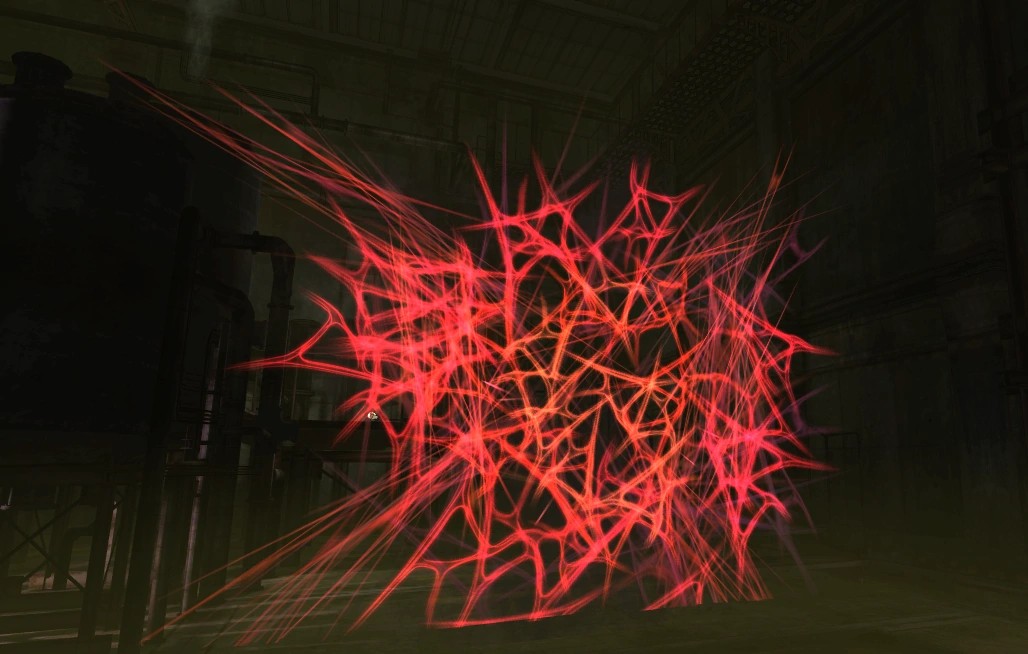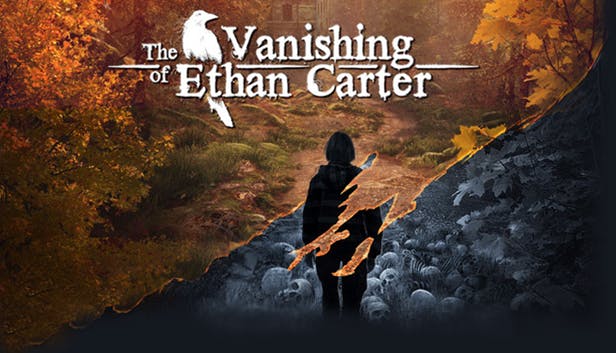I wrote this in the last devdiary entry:
Right now, we’re working on a new, pretty challenging but super exciting milestone. We came up with the design for the core flow of the game (so it’s not about “30 seconds of fun”, but rather “30 minutes of fun”) and we’re prototyping that.
Three months later, we almost got it. Some things are not finalized yet, some went too well.
The former is not that interesting, just a regular development thing, but the second is a good lesson, so let me talk about it a bit more. Because what does it even mean, “too well”?
After having fun on a single “arena” (e.g. a meadow or a bridge) manually spawning a wave of enemies over and over again, the next step was to prepare a series of arenas with multiple waves per arena. The ultimate goal was to make sure that every attempt to get to the boss is fun and the failure results in “I want to try again.”
We made our lives much harder that “just” this, because, for example:
- We needed a barrier system that does not feel like a barrier system. Basically, in games like Painkiller or Devil May Cry (see the example image below), magical barriers appear, blocking you from leaving the current arena. Even Soulsbornes do it for bosses, although at least the mist lets you escape and reset the fight.

We could have easily used classic barriers, too, as the lore and story allow them. The witch is trying to stop you at all cost, and she could spawn barriers as a trap. But even with magic, barriers can feel a bit artificial.
- We didn’t want the gameplay to feel like it’s wave-based. Again, lore-wise, it would make sense. You enter the witch’s territory, she’s trying to stop you from getting to her, so she throws her minions at you over and over again until she’s too weak to keep defending a given area. But we’re not making a horde-mode game, so we needed the flow of the battle to feel more natural.
- We needed a good procedural AI director. There’s no way in hell that this tiny team could ever script the gameplay, but even if we could, it’s not that great for multiple plays. It’s very rare to feel like you’ve just had a fresh moment when you’re playing the same set up for the twentieth time.
I was the most worried about that last thing. I am a big fan of authored, curated gameplay. A lot of my favorite games – Soulsbornes, God of War, the original Dooms – all feature hand-crafted enemy placement and spawns. And on the other hand, I’ve seen many examples when randomness ruins the experience. Destiny is one such an example: all “curated” content like strikes or missions feels amazing, but all attempts at less predictability like the game’s various takes on a horde mode feel boring to me.
But I knew it could be done. Two reasons.
One, games like Dead Cells feature a lot of procedural content but with enough predictability that enemy placement feels pre-designed rather than spat out by a chaotic RNG spawner, and yet with enough RNG to keep you aware and present.
Two, I play a lot of PVP – many years of Quakeworld and Destiny – and PVP also shows that a mix of RNG (human unpredictability) and order (okay, so humans are not that unpredictable, as every hardscoping sniper can surely confirm) can provide for a fun mix.
For two months, though, we could not nail it. Yeah, enemies were spawning, there was a system behind it and all, but the gameplay felt wrong, chaotic, purposeless. A wave felt good, but the flow of a single arena felt wrong, and a series of arenas felt boring.
And here’s a little story about the importance of prototyping and the difference between paper design and playing. We had yet another meeting about possible solutions, and when someone threw an idea – one that I won’t reveal not to spoil the secret sauce – I said that it’s not the way. It won’t work, there’s no reason it should work, and it does not attack the heart of the issue.
But Karol, our designers, gave it a try and implemented it into his AI director.
And that one stupid simple little thing solved, like, 90% of the problems.
It didn’t do just that, it also turned the game into something full of magical moments, when after finishing an arena, I was hungry for more. And if I died, I wanted to start again right away.
Ok, not “if” I died but “when” I died. Like here, when I got a tunnel vision on the elite enemy and didn’t notice the enemy on the left.
I don’t want to oversell it, we’ve still not tested the game on any outsider, so who knows. But we feel pretty good about it, and it’s a huge rock off our collective chest.
But let me circle back to the importance of prototyping for a moment. Even if you’re a designer with two hundred years of experience, your paper designs will still fail sometimes. It will all sound exciting and proper on the page, and then it will suck when implemented.
And vice versa, sometimes an external idea might sound weak but will turn out to be fantastic when implemented.
Obviously, though, the experience does matter. A lot. The more experienced you are, the less frequent these mistakes are.
More importantly, the experience allows you to see through the expected noise of a prototype – like placeholder assets, buggy implementation, undercooked features – and understand the true potential of the idea.
Anyway, this is where the “too well” part finally kicks in. Karol’s system is, in a way, a black box that no one except him truly understands, and I’m not even 100% sure he does. Just kidding, he does, but based on the discovery of what makes the battle tick, Piotr, one of our programmers, made his own, alternative version of the AI director that attacked the gameplay from a different angle…
…and it also works great. I’m playing multiple test arenas in a row over and over again and I’m having fun.
So right now, we’re juggling between these two systems, each with a slightly different vibe, and we’re trying to understand which is the ultimate winner. It’s a good problem to have.
As for the barriers, we came up with something that’s both familiar and unique, but it’s too early to talk about it. But broadly speaking, it’s more about a soft lock rather that a hard lock.
The work on the flow, enemies, AI director and such will continue until the last day, as it always does, but from now on it’s “just” about polishing and finishing rather than soul searching (“just” in quotes, as it’s never that easy). So we are moving on to the other big topics for the next quarter: the hero’s murder toolkit and the rewards/unlocks.
I mean, we’re already working on these for literally years now, so it’s more about finalizing that design rather than the discovery phase. If all goes well, we’ll add in a third big thing, which is boss fights. These are a bitch to do if you want them to be a highly replayable fun. Was there ever a boss encounter in a 3D shooter – or any game, actually – that you loved playing over and over again?
Don’t get me wrong: Witchfire is not a boss rush game, and you won’t be fighting bosses too often. Even getting to one is going to be an issue *evil grin*.
Still, we don’t want to to design one-offs, but something that’s exciting every time you have a chance to play it. We have the models, we have the core animations, we have the basic AI – hopefully we’ll jump onto the design and implementation soon, and the Spring report will show the results.
Question of the Week Quarter
If you mean the purely visual customization, like what’s your eye color or mouth size then no. We don’t have the resources to do that but also it’s a first person shooter and such a feature sounds like an overkill. You spend 99.99% of the playtime seeing only your hands and a gun.
Also, our preyer has a certain distinctive look. He’s not a random guy, so to speak. I will reveal the details when we’re ready to talk more about the story.
But wait, did I say “preyer”? Well, that’s what we call him. Preyer, the one who preys. A predator, plunderer, waster, devourer. He’s not, indeed, the purest of souls. And we have this obvious connection to “prayer” that fits nicely with the story of the hero being the Church’s witch hunter. There’s more to this but again, not for now.
Anyway, our focus on a different type of character customization: your build. The game will offer many tools of war – guns, spells, and more – and it’s up to you to choose whatever fits your playstyle and maximizes your effectiveness.
The idea here is not to have a meta (“This gun is the best as long as I have ammo”) but to support your idea on how to attack the challenge that is the game (“I want to try a hyper-aggressive approach, so I choose a high risk high reward low range gun”).

